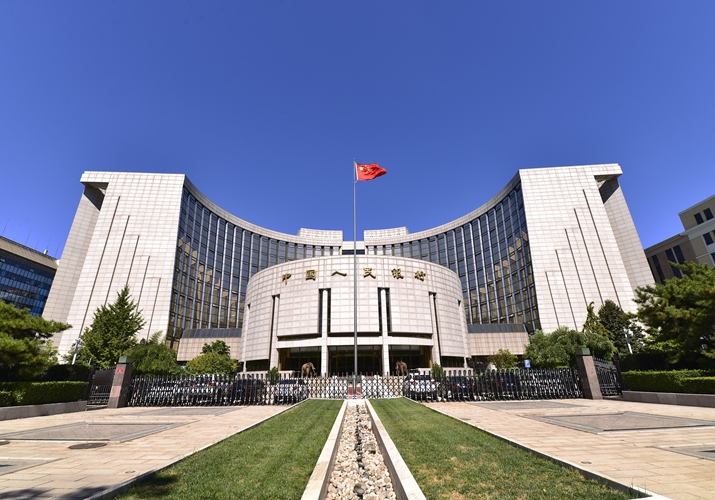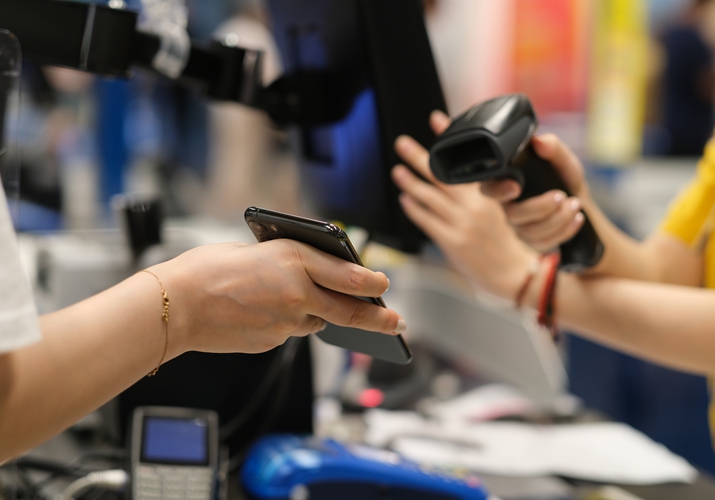|
||||||||||
| Home Nation World Business Opinion Lifestyle ChinAfrica Multimedia Columnists Documents Special Reports |
|
||||||||||
| Home Nation World Business Opinion Lifestyle ChinAfrica Multimedia Columnists Documents Special Reports |
| ChinAfrica |
| First public trial brings China closer to rollout of digital currency |
| From Shell money more than 3,500 years ago and Knife money around 2,500 years ago, to Jiaozi, the earliest banknote in the world that was issued in the Northern Song Dynasty (960-1127) of China, currency as a measure of value and medium of exchange has existed in different forms for much of human history |
| By Li Kaizhi VOL.12 December, 2020 ·2020-12-07 |

Real-world use
The digital RMB, officially known as Digital Currency Electronic Payment, is issued by the People's Bank of China (PBOC), the country's central bank. Its value is equivalent to paper money and coins and it is classified as M0, that is, notes and coins in circulation.
As early as 2014, the PBOC set up a special team to conduct research on key aspects of digital currency, including issuance framework, core technologies and circulation environment. The public trial is the latest step before launching the digital RMB.
"It is an important stage before the official issuance. It allows us to perform a thorough assessment of the overall risk and safety in different scenarios. To a certain extent, it is a type of stress test," said Yang Tao, Deputy Director of the National Finance and Development Laboratory of China.
According to Yang, this pilot will allow different entities in the payment value chain as well as ordinary people and businesses to fully experience the convenience brought by the technology.
As a part of the program, 10 million yuan ($1.52 million) worth of digital currency was issued to 50,000 randomly selected residents in Luohu District, Shenzhen, Guangdong Province in south China, on October 12, each for 200 yuan ($30.4). The government distributed the money to the recipients through a designated mobile app. It marked China's first large-scale real-world use of the digital currency.
Wu Gangyuan was one of the participants in the pilot, paying his grocery bill at a supermarket near his home with the windfall income. "It's similar to popular mobile payment services like WeChat Pay, but has fewer operation steps and doesn't need Internet connection," Wu said.
Most of the 3,389 participating businesses were supermarkets and restaurants. Participants could also recharge their metro card with the money.
"All our stores conducted training for handling digital RMB transactions," said Deng Cairong, a manager of a supermarket chain.
According to official statistics, 47,573 people made 62,788 digital RMB transactions worth 8.76 million yuan ($1.32 million) as of October 18. Some users also used it to top up their digital wallets, with a total amount of 901,000 yuan ($136,141).
"Compared with mobile payment that people are already very familiar with, the digital RMB has multiple advantages. It does not need to be tied to a bank account and could realize anonymous and offline payment," Yin Zhichao, Dean of School of Finance of China's Capital University of Economics and Business, told China Economic Times.
The rollout of the digital RMB is of great significance in bridging the digital divide and enabling more groups to benefit from the digital economy, according to Yin. Moreover, he said it does not need to rely on third-party payment institutions, which will reduce transaction costs and improve the efficiency.

|
||||||
| About Us | Contact Us | Advertise with Us | Subscribe |
| Copyright Beijing Review All rights reserved 京ICP备08005356号-5 京公网安备110102005860号 |